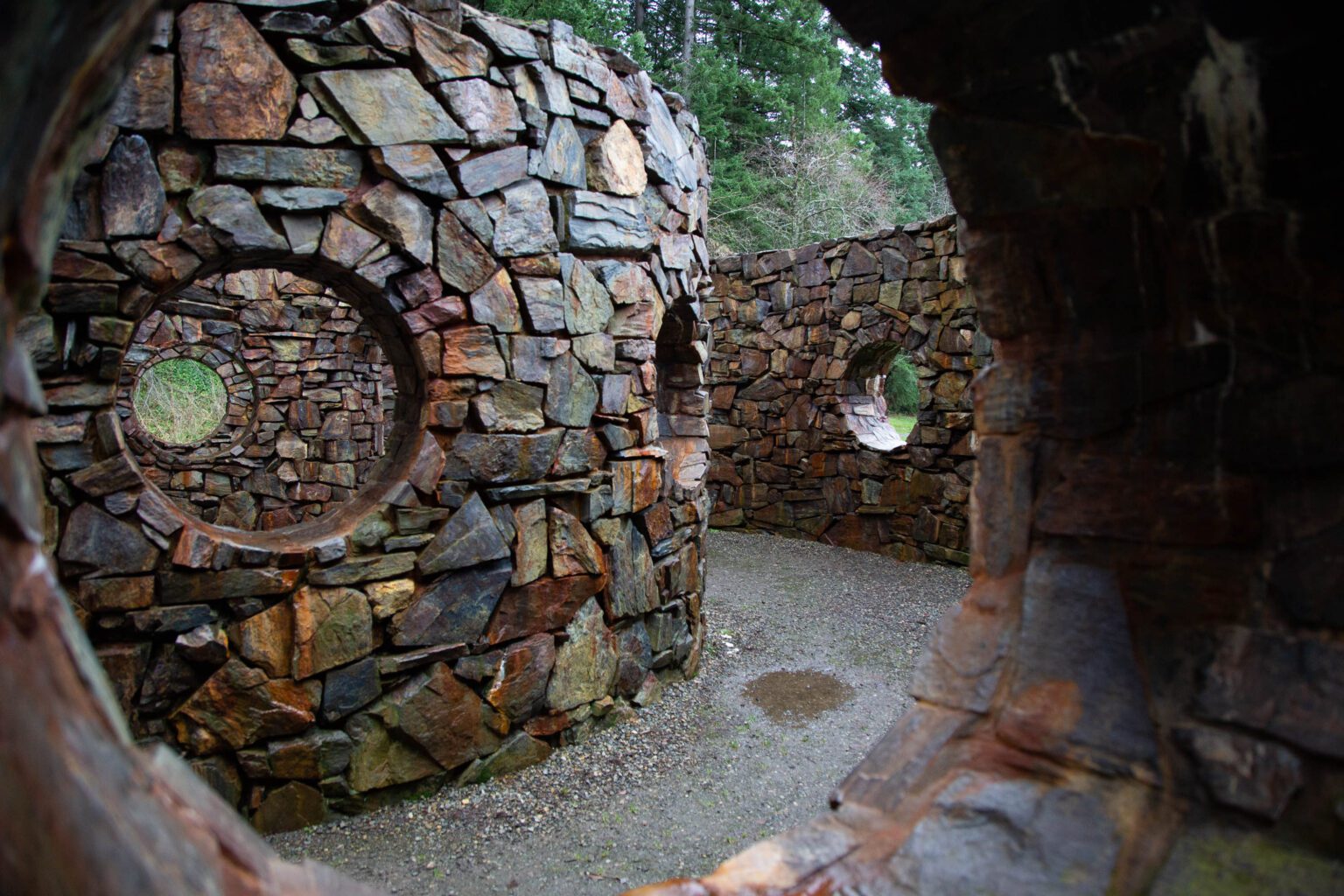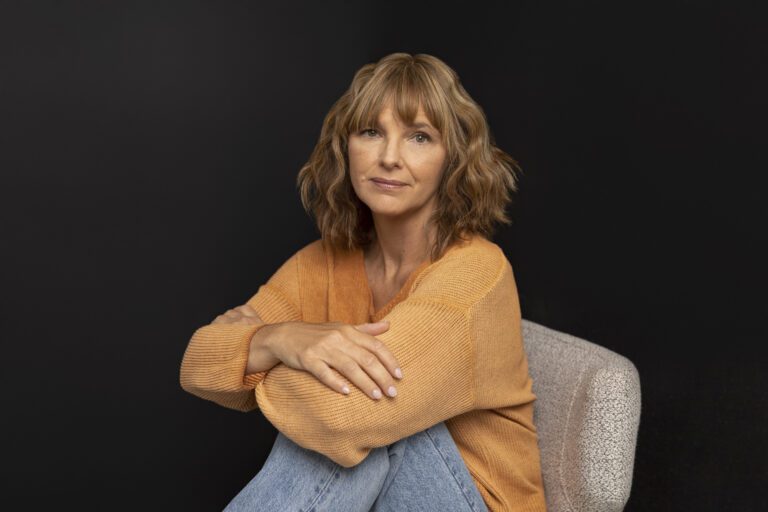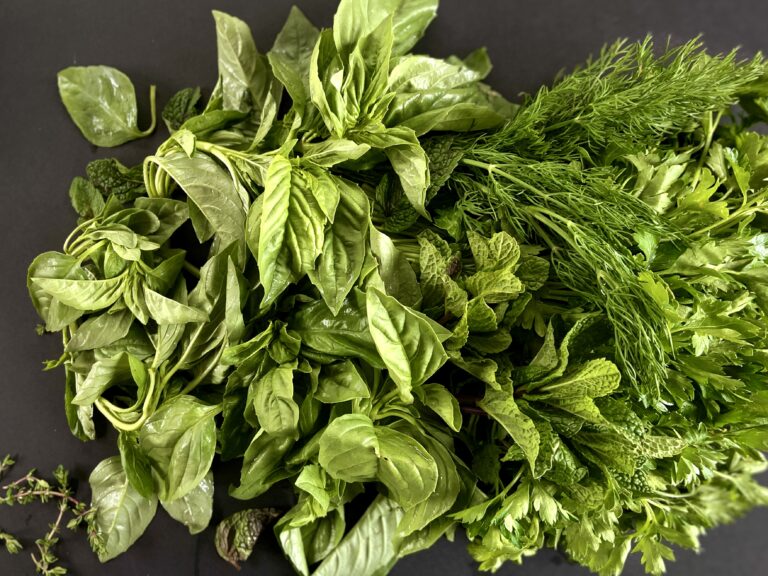Officially, the Merriam-Webster dictionary describes the term “cabin fever” as “extreme irritability and restlessness from living in isolation or a confined indoor area for a prolonged time.” Unofficially, I refer to it as the “never-ending spell between winter and spring when people long to flee their living quarters and explore the world, but simultaneously wish to avoid the plague and adverse temperatures by grumpily hunkering underneath a down comforter.”
In between windstorms and cold snaps, spending time outdoors can help alleviate the symptoms of this particular strain of fever, as well as provide a safe space to let off steam during the pandemic. I’m of the opinion the therapy can be augmented by incorporating culture into the mix. Luckily, we live in a place where art and nature exist in close proximity to each other. At Western Washington University, for example, a self-guided tour of the school’s lauded Outdoor Sculpture Collection may be just the thing to combat seasonal blahs and blues.
From the cherry-red “For Handel” multi-dimensional steel sculpture by Mark di Suvero that since 1975 has been gracing the lawn in front of Western’s Performing Arts Center — which also leads to a birds-eye view of Bellingham Bay — to Robert Maki’s shadow-filled “Curve/Diagonal” work along High Street, Lloyd Hamrol’s participatory “Log Ramps” near the Environmental Studies building, and Nancy Holt’s celestial “Stone Enclosure: Rock Rings” (pictured) in the university’s south field, the campus-wide tour provides a breath of fresh air while highlighting important works from the 1960s and beyond.
For further insight about the last sculpture mentioned, check out “Nancy Holt: Between Heaven and Earth,” which opened to the public Jan. 13 and is showing through May 7 at the Western Gallery. The exhibit focuses on the career path that led the late sculptor to create “Stone Enclosure: Rock Rings,” and touches on everything from geology to biology, ecology, surveying technology and even astronomy.
Across town, the Big Rock Garden Park offers a smaller-scale look at what happens when creativity mingles with the natural world. Although spring is when the rhododendron-and azalea-studded pathways really shine, the evergreen-rich park above Lake Whatcom is worth a wander in any season. With 2.5 acres of property and more than 37 permanent works by both local and international sculptors, there’s something to see around every curve and corner. This includes, but is not limited to, pieces by Anacortes-based sculptor Tracy Powell, Bow’s Aaron Loveitt, legendary Skagit artist Clayton James, Bellingham artists Don Anderson and Shirley Erickson, Canadian David Marshall, legendary Mexican artist Sebastian, and Lummi Island creator Ann Morris.
From 10 a.m. – 5 p.m. on the first Saturday of every month, those who want to get a closer look at Morris’ fascinating body of work can take a six-minute ferry ride from Gooseberry Point to Lummi Island, where taking a left turn when you disembark will soon lead to Sculpture Woods. The 14.5-acre forested property where Morris has been creating both large and small-scale works for more than 25 years boasts a breathtaking view of Rosario Strait and Orcas Island, and the 16 figurative bronze sculptures dotted throughout the landscape are equally jaw-dropping.
The mythical and magical creatures you’ll come across during your visit appear to have been birthed from the earth itself. Bright-green moss and other plant life surrounds the sculptures of figures bearing or wearing antlers (“Her Cry,” “Will There be a Place for Me?,” “Life-Death-Life”), a skeleton encased by a tree stump (“Death’s Sister”), a woman wearing a shroud made of ferns (“Acceptance of Sorrow”), and a couple carrying smaller, seaweed-clad versions of themselves on their backs (“Double Dream”).
Although the pieces surrounding Morris’ studio appear to have been left to the elements, the sculptures and the landscape must still be tended in order to maintain their magic. In early 2018, Morris and her heirs helped ensure that will continue in perpetuity by donating Sculpture Woods and its resident art to the Western Foundation. Western’s College of Fine and Performing Arts will use the generous gift as a gateway for others to enrich their own creativity via art education and special events; a $1 million endowment has been created to preserve the collection and its home.
Morris is still staying busy at her scenic Sculpture Woods studio, which she’s currently leasing from the Western Foundation. When she makes the decision to terminate the lease, she can do so knowing the oasis she’s spent decades nurturing will be in good hands. If you happen to spot her while exorcising your cabin fever with a sculpture stroll, let her know you appreciate her philanthropy — and, of course, her art.




